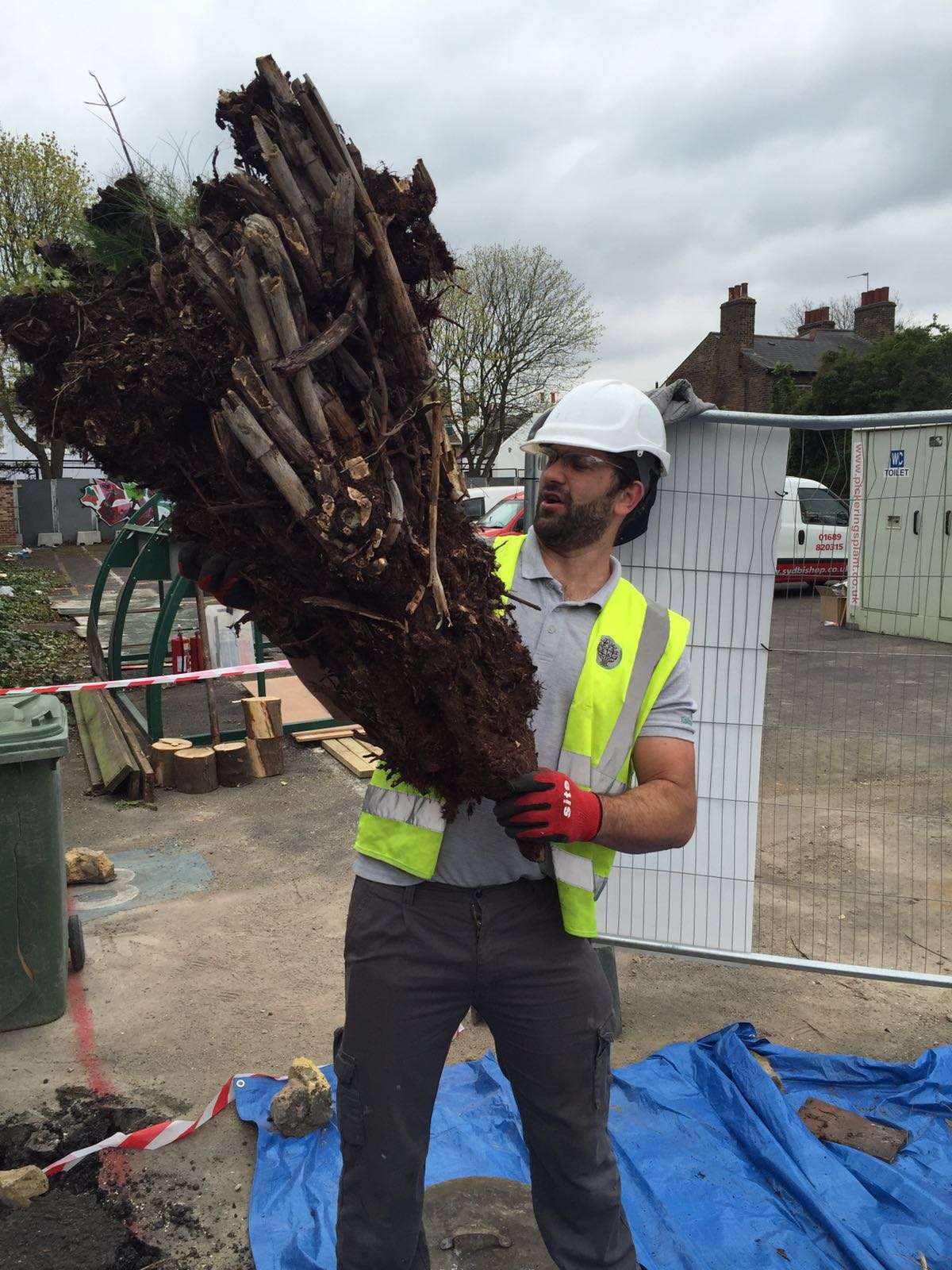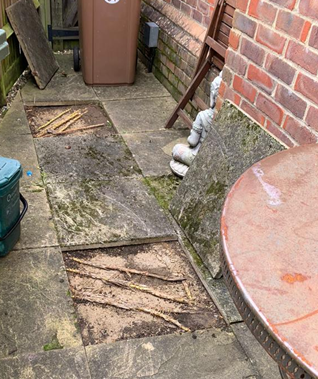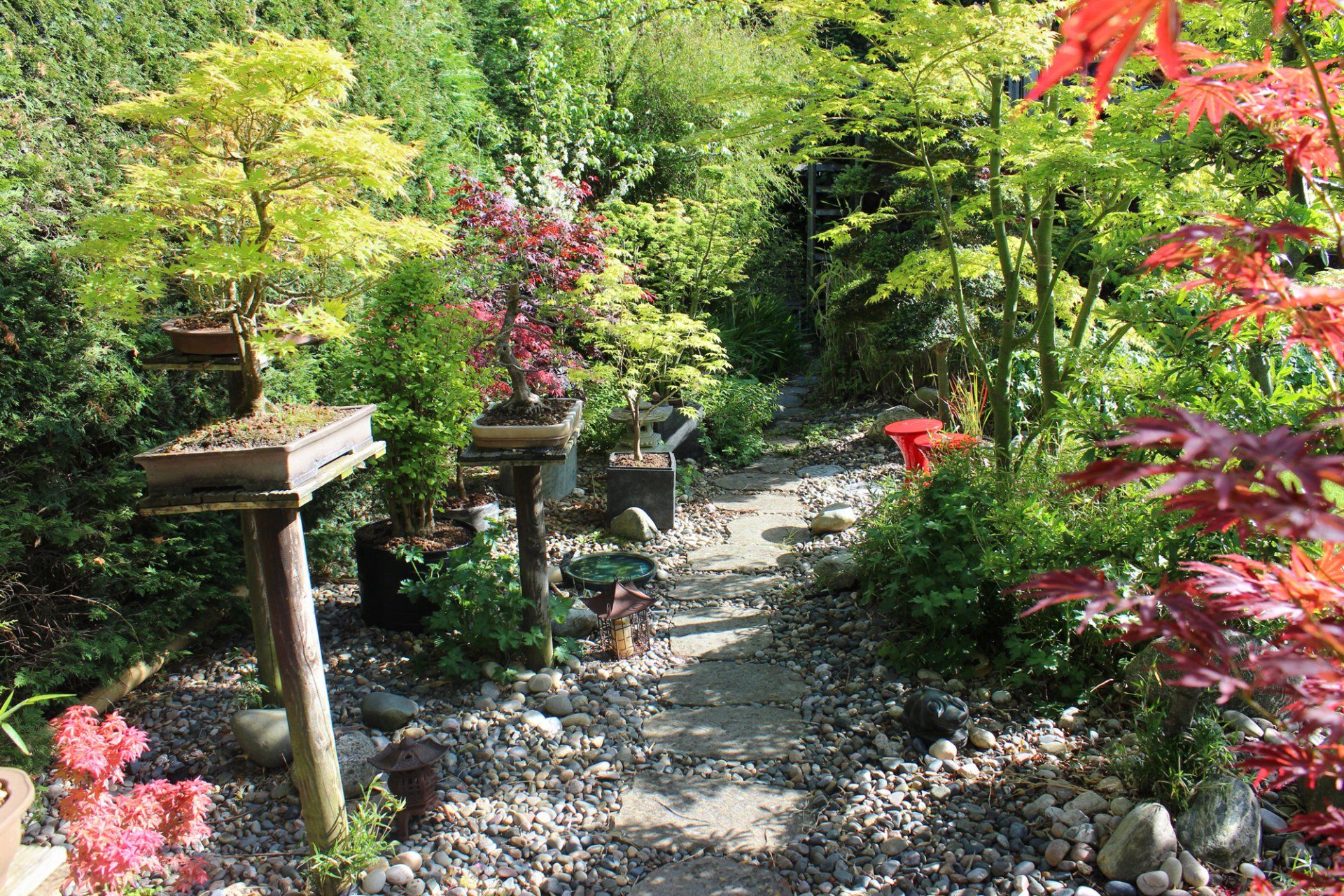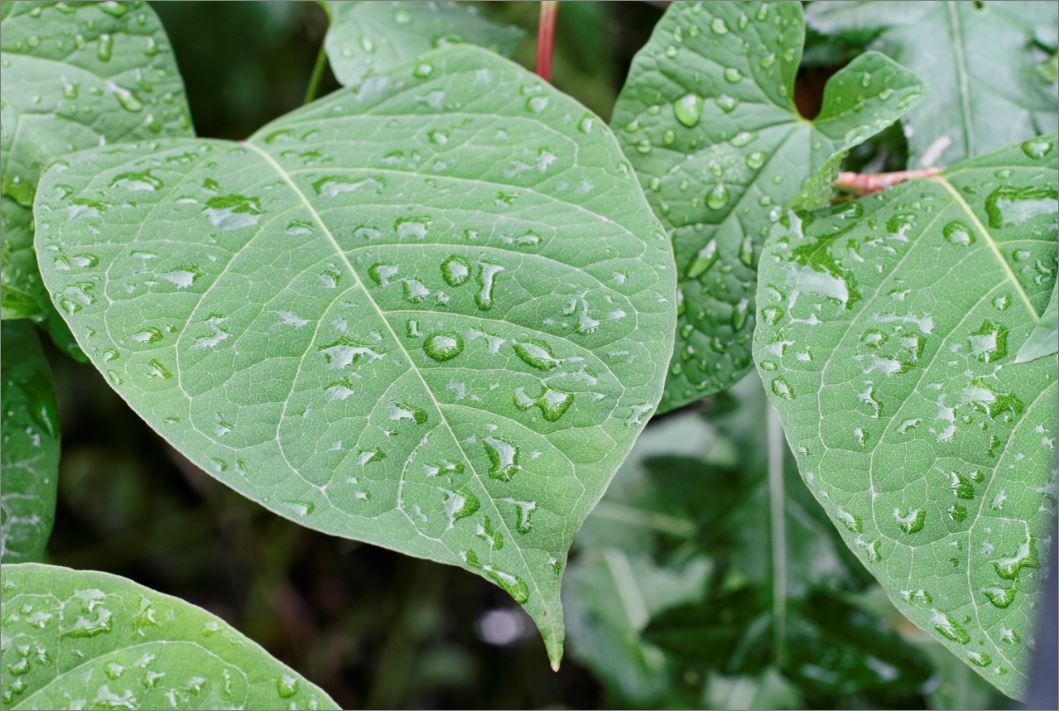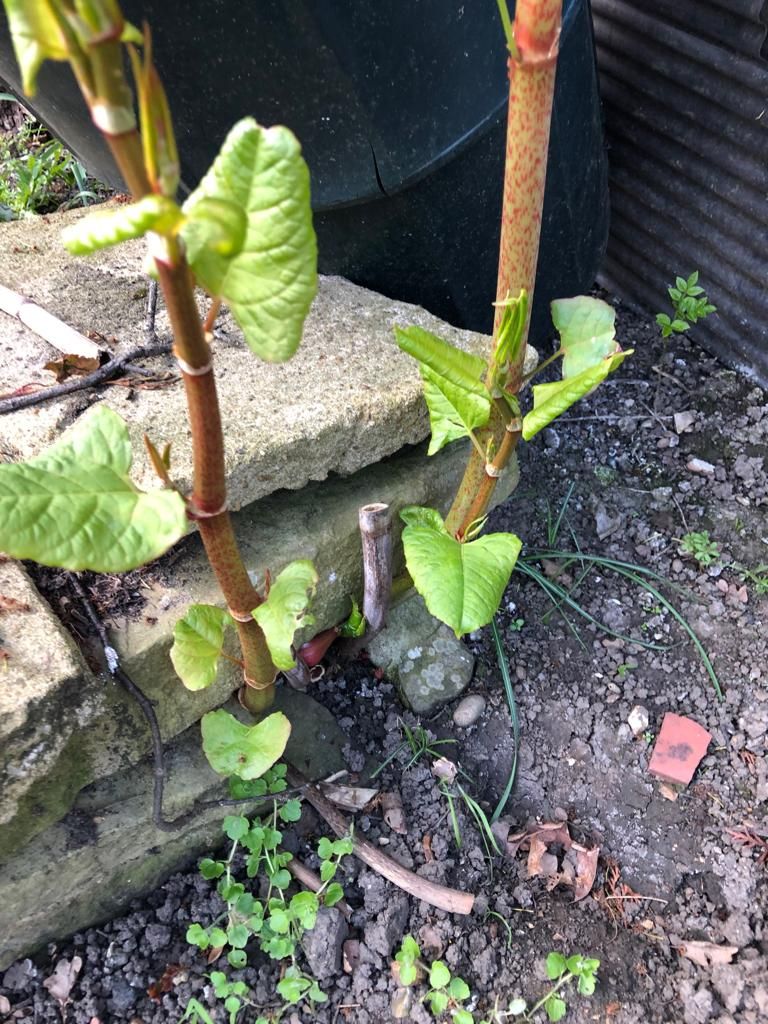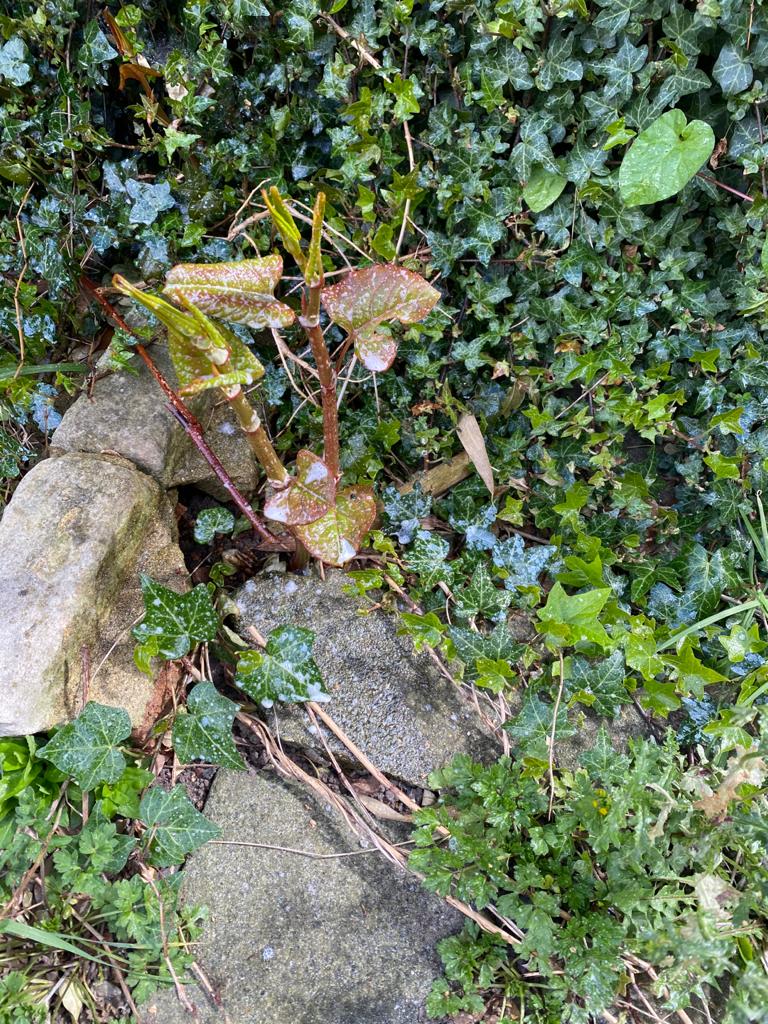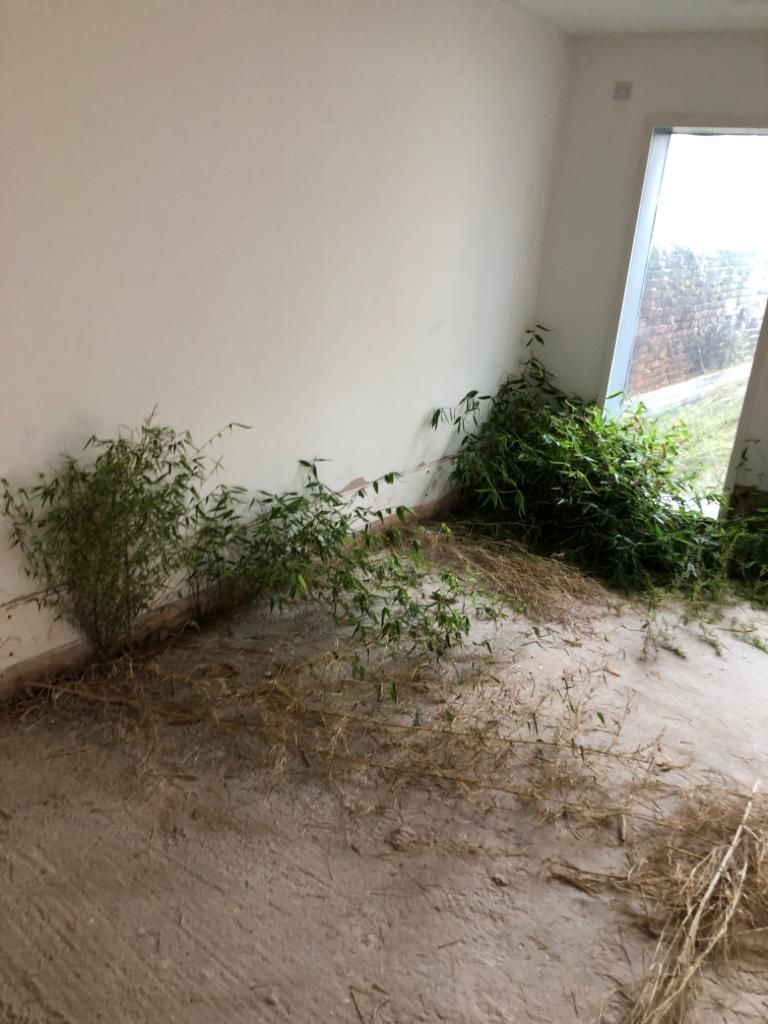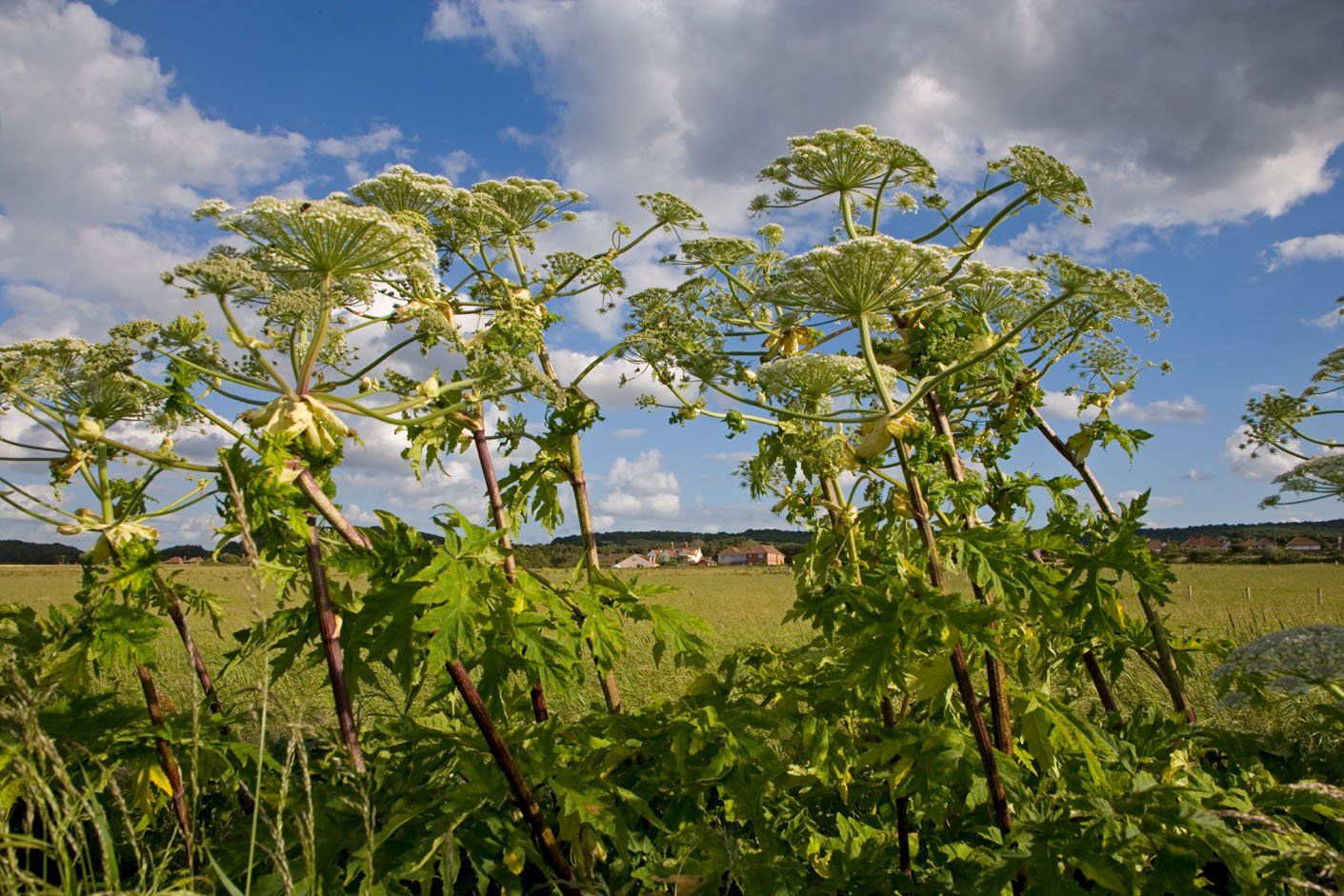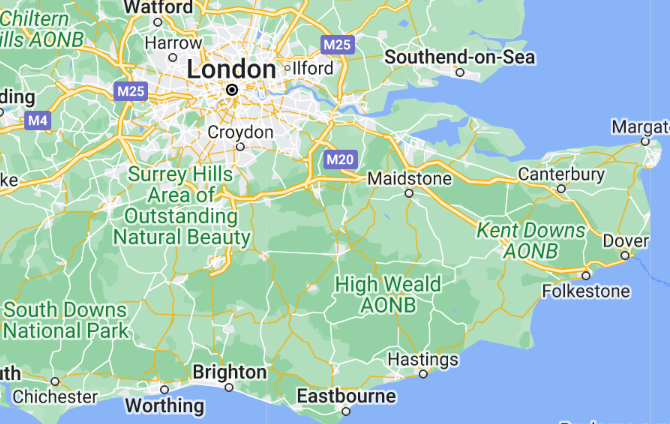Worrying Weeds: The Origins Of Japanese Knotweed
Whether you’re a homeowner, groundskeeper, nature lover or avid gardener, an outdoor space is something to be proud of. Here in the UK, we’re fortunate to be surrounded by wildlife, both native and non-indigenous, making our countryside and woodland some of the most beautiful areas to explore.
However, among the abundance of flowers, trees and plants are less-than-desirable neighbours. Having been introduced to new environments by humans, invasive plant species are known to wreak havoc with the balance of an ecosystem. Among such species is the infamous Japanese Knotweed.
For landowners, property developers and homeowners alike, Japanese Knotweed can cause serious problems, earning the plant a reputation for trouble. This weed can depreciate property value, damage foundations and kill wildlife; if you find Japanese Knotweed, it’s best to act fast.
So, how did this worrying weed come to the UK? Read on to discover the history of Japanese Knotweed.
Where Is Japanese Knotweed From?
As the name may suggest, Japanese Knotweed is originally from Japan, though it is also native to Korea and China. In its homeland, Japanese Knotweed is often found in hostile environments, preventing the plant from growing out of control. Here in the UK however, Japanese Knotweed is known to push out other plants, dominating an area of land and destroying the existing wildlife.
When Did Japanese Knotweed Come To The UK?
The first instances of Japanese Knotweed in the UK came after the botanist Philip von Siebold returned from Japan with the plant. Unaware of the impact it would have on our native wildlife, Siebold intended to study the plant, before cultivating and selling it to nurseries and botanical gardens.
As botanists and avid gardeners realised how easy the plant was to grow, they began distributing it nationwide to avid gardeners and botanical gardens. However, it would soon be discovered that the rapid growth of Knotweed was a curse rather than a blessing.
Japanese Knotweed In The UK Today
As the growth of Japanese Knotweed quickly grew out of control, gardens and natural spaces up and down the country fell victim to the invasive plant. Today, it is found almost everywhere, from Bristol to Bolton.
The presence of Japanese Knotweed poses a number of problems; the weed can seriously damage building foundations, drive out native species and make it near-impossible to sell a home. What’s more, allowing Japanese Knotweed to spread is a legal offence; if it is found, Japanese Knotweed must be removed.
Gaia Environmental: Specialist Knotweed Disposal
Fortunately, Knotweed can be removed and destroyed, but it requires expert knowledge. Here at Gaia Environmental, we’re specialists in safe and effective Japanese knotweed removal.
Act now,
get in touch with a member of our team to discuss your requirements.


